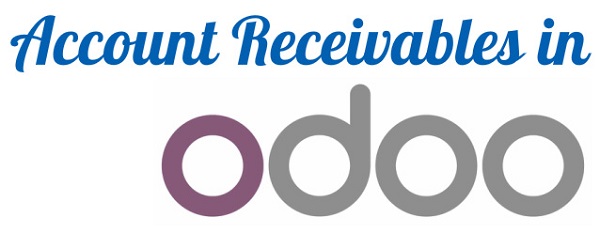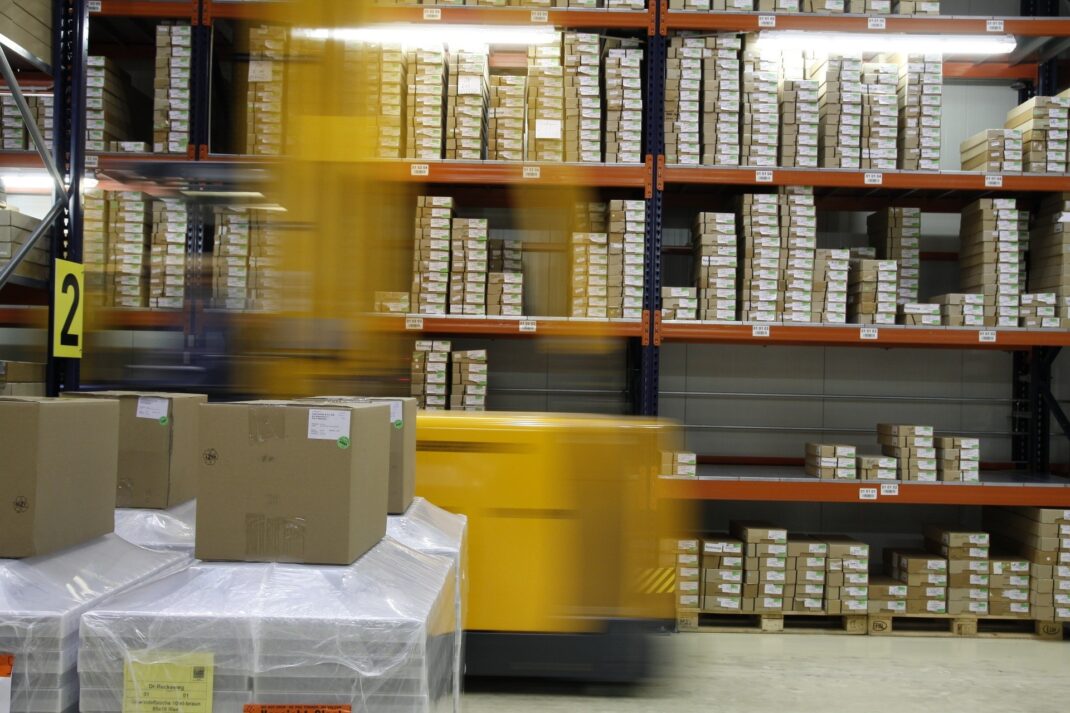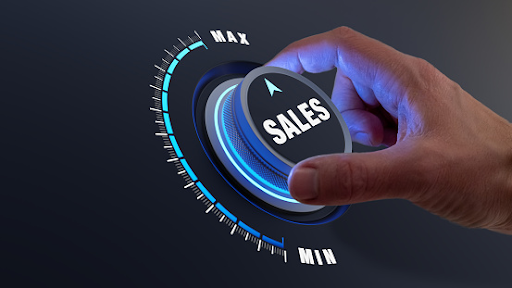Related Articles
Odoo Accounting provides everything a small business owner and accountant needs to produce accurate financial data in an organized form.
The initial dashboard in Odoo Accounting showcases a range of information, from customer invoices to vendor bills, back accounts, cash flow statements, and more, and is customizable according to the information put in.
Accounting reports are easy to use, customizable according to the rules and categories you set. As an accountant, Odoo’s the perfect hub for all financial information including all invoices and reports. It’s easy to search out information, or to use filters to see specific information across different reports.
As a small business owner, managing your own invoices and accounting-related interactions is incredibly easy. With invoices, every step of the way Odoo monitors it. Confirm your invoice, register payment, report sales, and automatically add any related tax information into your records.
Accounts receivables

In the accounts receivable portion of your Odoo software, you can prepare customer invoices, offer cash discounts, set up cash roundings, establish installment plans on customer invoices, automate deferred revenues, as well as edit and refund invoices.
The Odoo system will automate invoice design, using information from other documents such as sales contracts. For accountants, they can validate draft invoices, send invoice in batches, and keeping track of it all is easy. It’s all there for you to peruse in the software, any time.
Accounts payable
In the accounts payable portion of Odoo, a user can easily manage vendor bills, issue purchase receipts, arrange vendor payments by several methods, arrange payment of multiple bills at once, forecast future bills to pay, and keep track of employee expenses. With Odoo Accounting you van manage easily your payment methods.
In order to set up vendor bills however, purchase data needs to be entered into Odoo. Create your purchase orders with as many products as you need. Upon receipt of product, you can then manage inventory from inside Odoo easily.
Tax reports
Come tax time, you’ll be one of the fortunate ones as you’ll already have all your financial and accounting information already entered in. You have a wide range of financial reports to pull from, ranging from basic accounting to advanced management reports.
These include profit and loss, budget variance, balance sheets, aged payables, aged receivables, bank summaries and cash reports, trial balance and general ledger reports, and budget management reports.
Odoo adds all accounting transactions in a tax period and uses this information to calculate one’s tax obligation. Odoo’s Tax Report function can be used to verify one’s sales tax and other details.
Why Odoo
Think of Odoo as an interconnected network of different software that would normally be completely separate.
Instead of having to do all that data entry yourself to prepare accounting reports and taxes, the benefit of Odoo is that all it needs is your base information to generate accounting reports.
Odoo’s a direct connection to your bank and/or PayPal, with synchronized payments. It can also be used to automate so much of the time-intensive accounting process for small business.
When it comes to processing sales and purchases, managing inventory, and account management, all your information is already there and ready to be put to use in accounting. Choose Odoo Accounting.
There you have it. No matter how big your company is, everything is simple with Odoo accounting. Even large multi-billion companies are using Odoo today to help them simplify their accounting.
And also, they are helping their accounting staff and make them work much faster when using the software.
You can learn more about Odoo accounting from our website, Syncoria. Or you can go to source like YouTube where you can find countless of topics around Odoo accounting.




